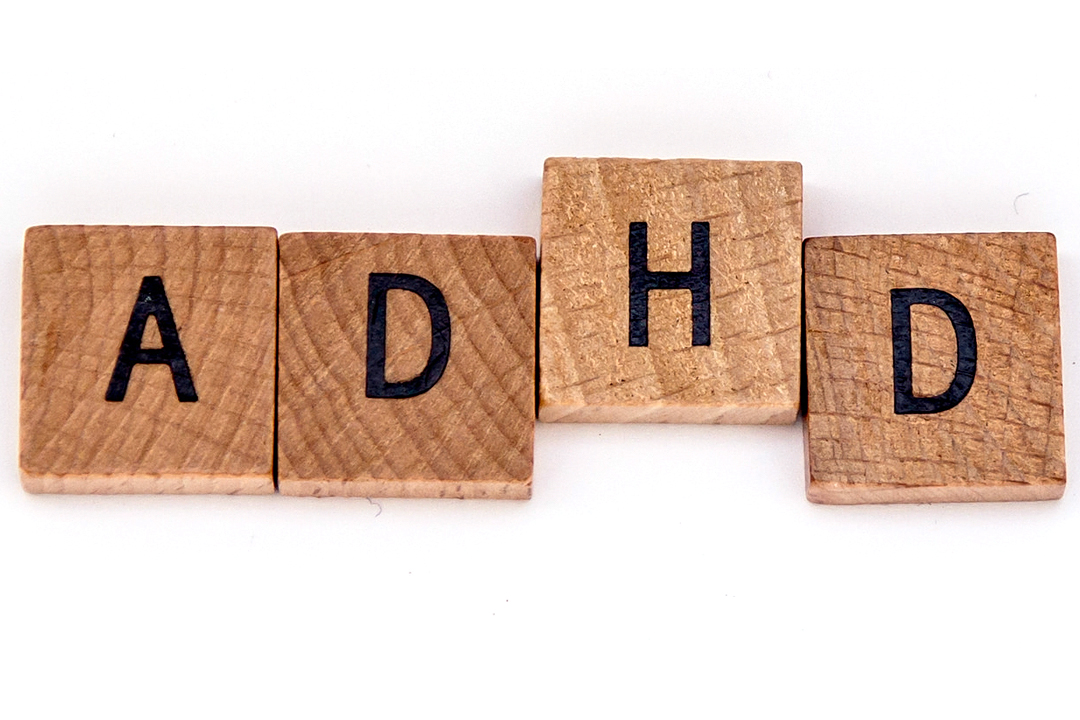Diagnosis of attention deficit hyperactivity disorder or ADHD—the most-diagnosed mental disorder among U.S. children—continues to rise, according to a report published Tuesday in the Journal of Clinical Psychology.
ADHD diagnosis among U.S. children ages 5 to 17 increased 43 percent between 2003 and 2011, according to the report, “Racial and Ethnic Disparities in Parent-reported Diagnosis of ADHD.”
The jump equates to 5.8 million—or nearly 1 in 10—children and young adults in the United States with ADHD.
“The most unexpected findings were among girls and Hispanic children,” said lead researcher Sean D. Cleary, associate professor of epidemiology and biostatistics at the George Washington University Milken Institute School of Public Health.
“Parent-reported diagnoses for girls increased by 55 percent, and diagnoses for Hispanic children increased by 83.3 percent—these are numbers we haven’t seen before.”
Data for the report was sourced from the National Children’s Survey issued by the Maternal and Child Health Bureau and the National Center for Health Statistics at the U.S. Centers for Disease Control and Prevention.
The research focuses on the demographics of children who were diagnosed with ADHD, as reported by parents. The report does not examine reasons for the growth in diagnosed cases.
Dr. Cleary said that the increase in ADHD diagnosis among girls was particularly significant because the number of girls included in the survey remained constant during the eight-year period.
“ADHD is more recognizable in males because it is exhibited externally, from hyperactivity to physical aggression,” Dr. Cleary said. “It is interesting that ADHD symptoms associated with girls—such as inattentiveness, low self esteem, teasing and name calling—are being recognized more.”
According to the CDC, ADHD can manifest in three ways: predominantly inattentive, predominantly hyperactive-impulsive or a combined presentation of inattentive and hyperactive qualities.
Hispanic children saw the largest reported increase in ADHD diagnosis.
Dr. Cleary said the rise could potentially be attributed to the 44.8 percent increase in the number of Hispanic children who participated in the survey between 2003 and 2011.
“The survey became available in Spanish in 2003, which could have influenced the rise, but we do not have data in our dataset to support that,” Dr. Cleary said.
Dr. Cleary said that while over-diagnosis is a concern, a lack of diagnosis holds severe consequences for children.
“Symptoms of ADHD such as trouble concentrating and poor organizational skills, can cause difficulties in school and, if left undiagnosed, may have consequences in adulthood,” Dr. Cleary said.
“Parents and teachers should be aware of what this disorder looks like so that they can provide the correct support and assistance.”


